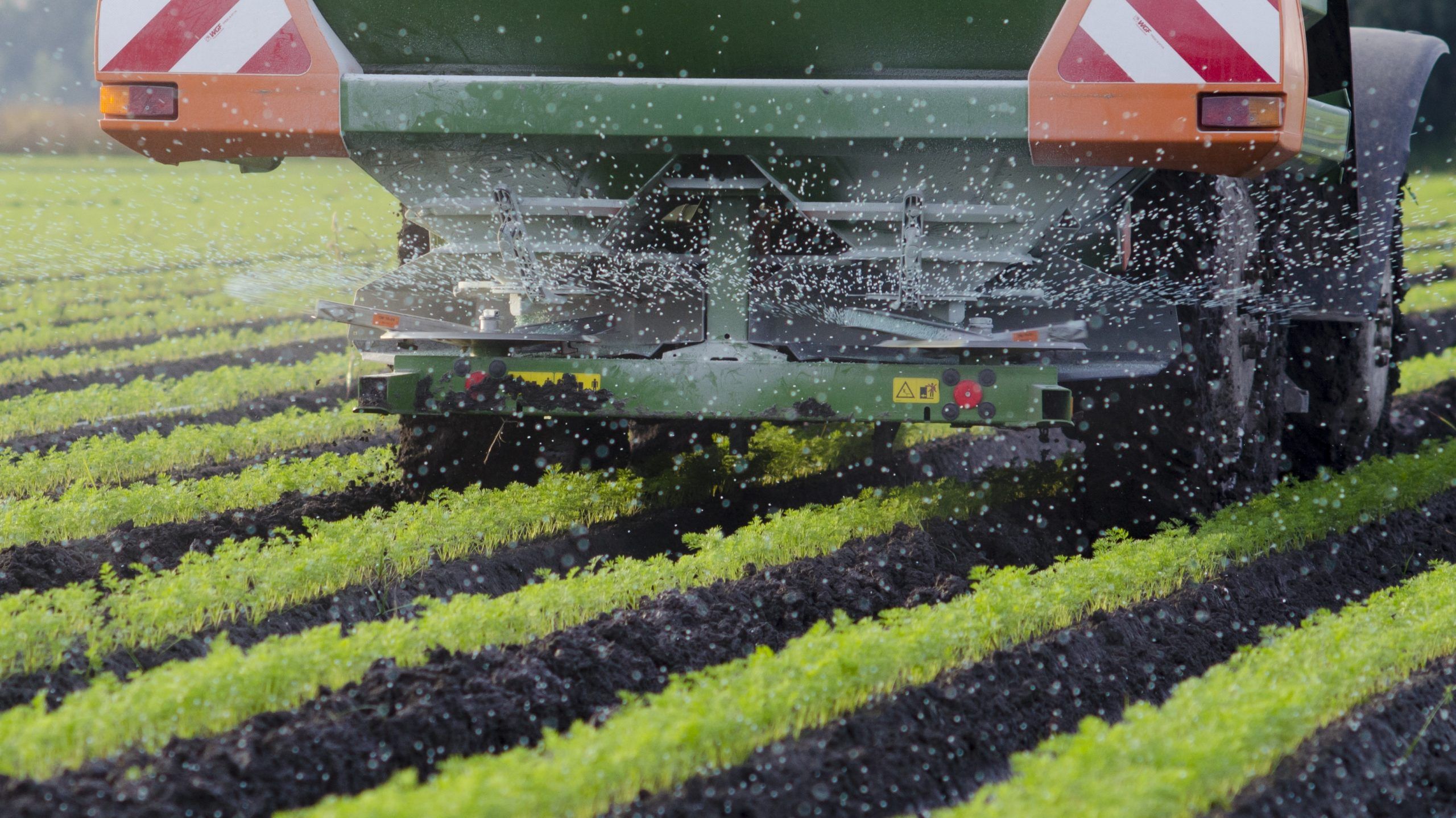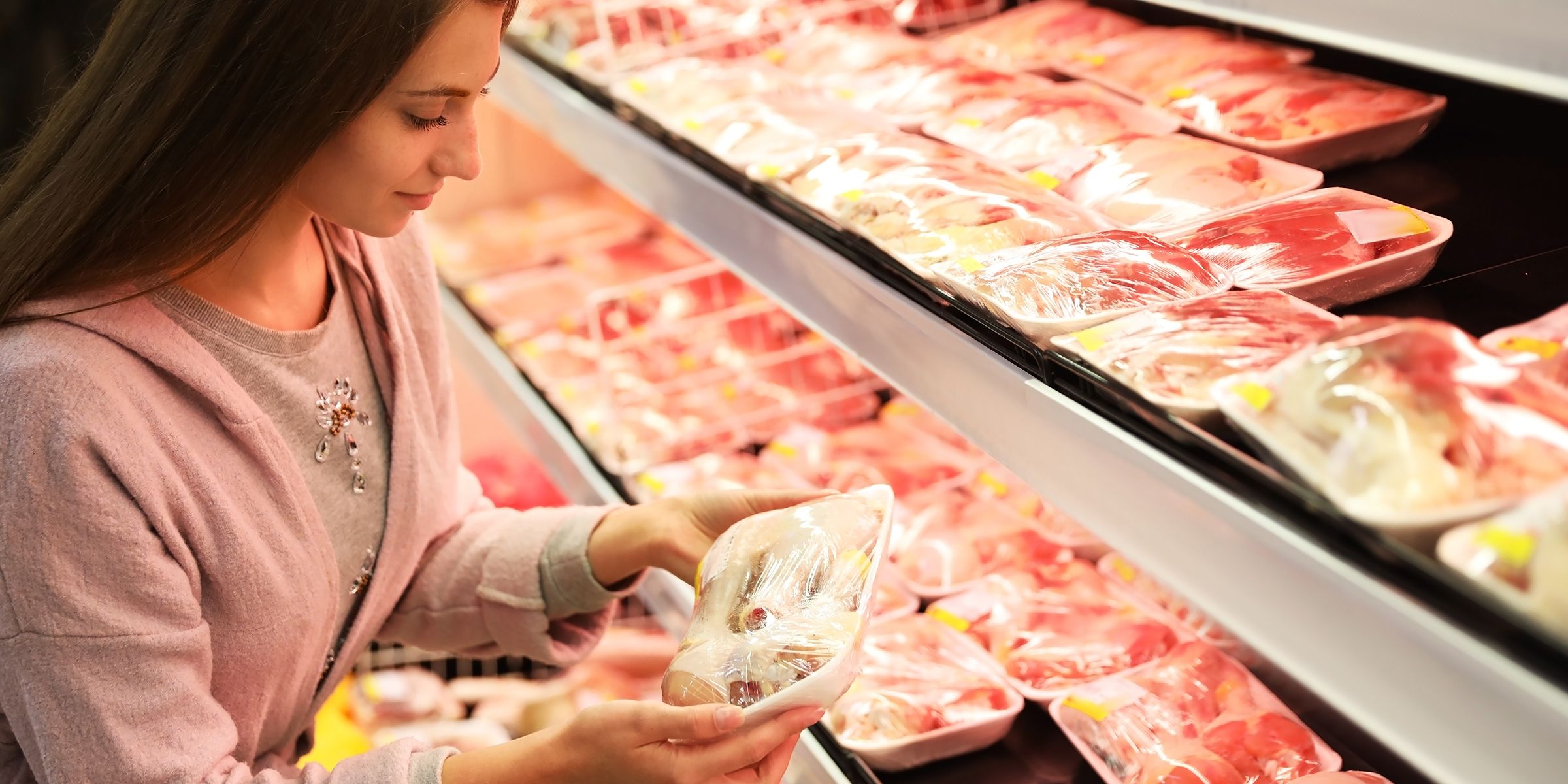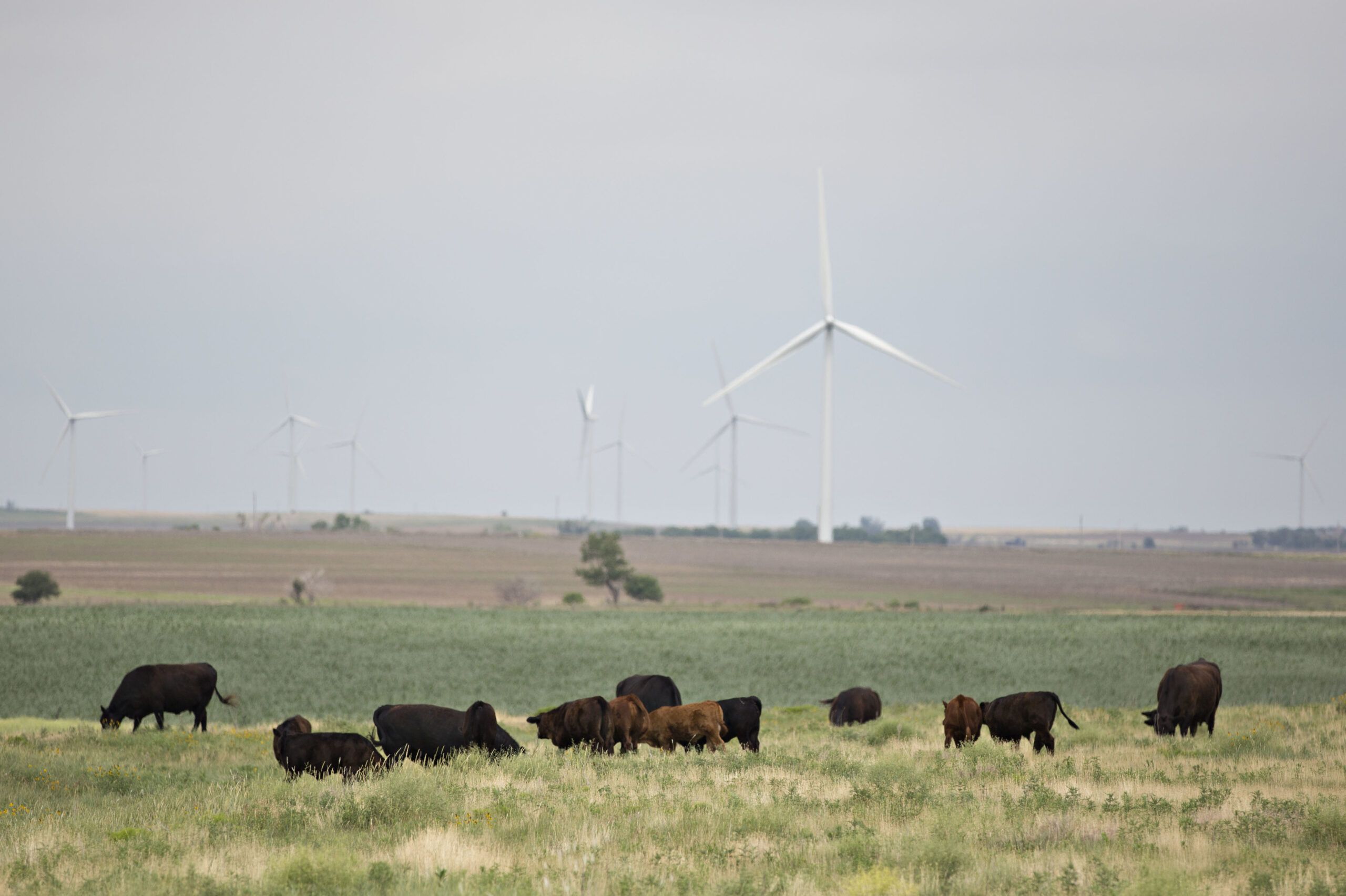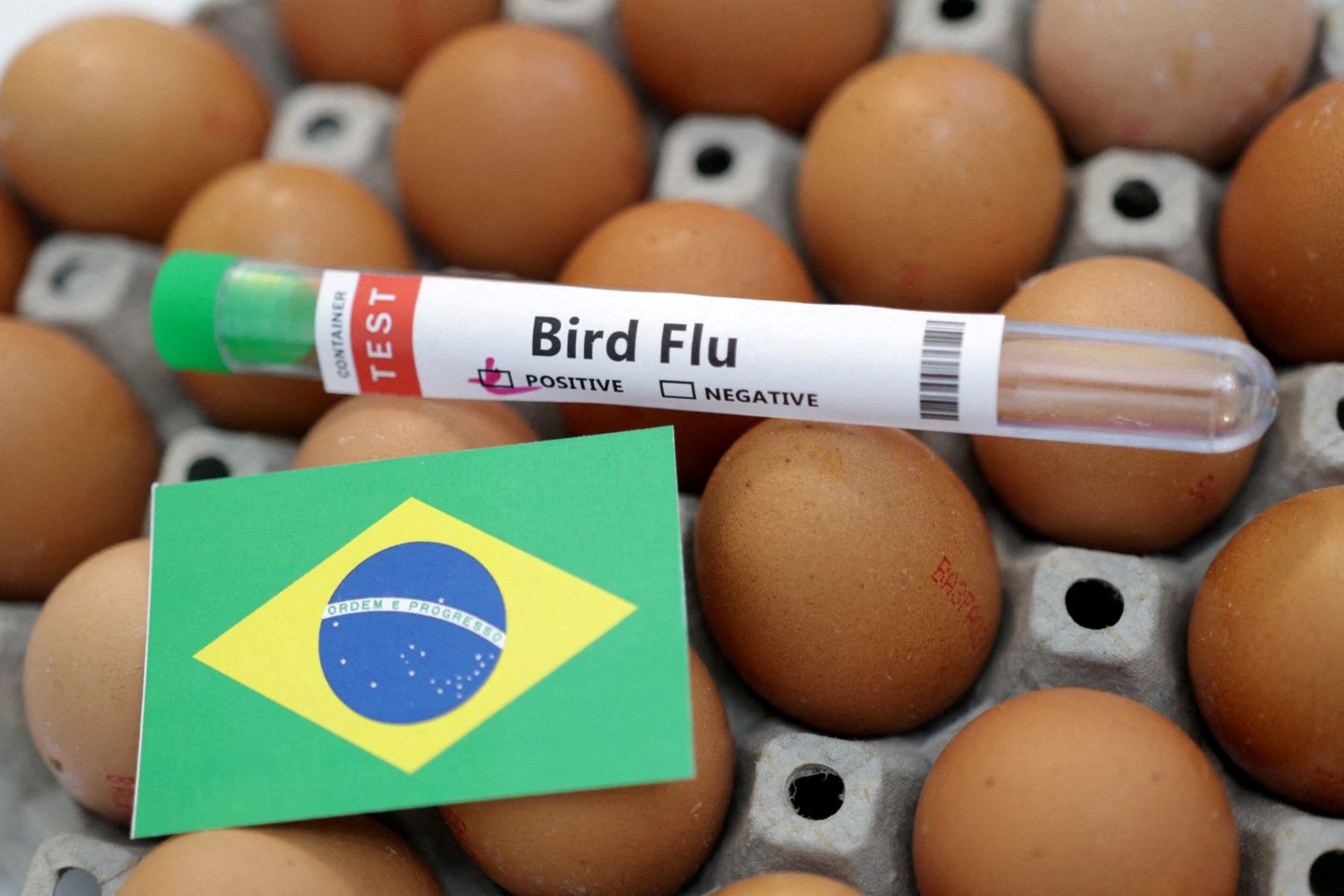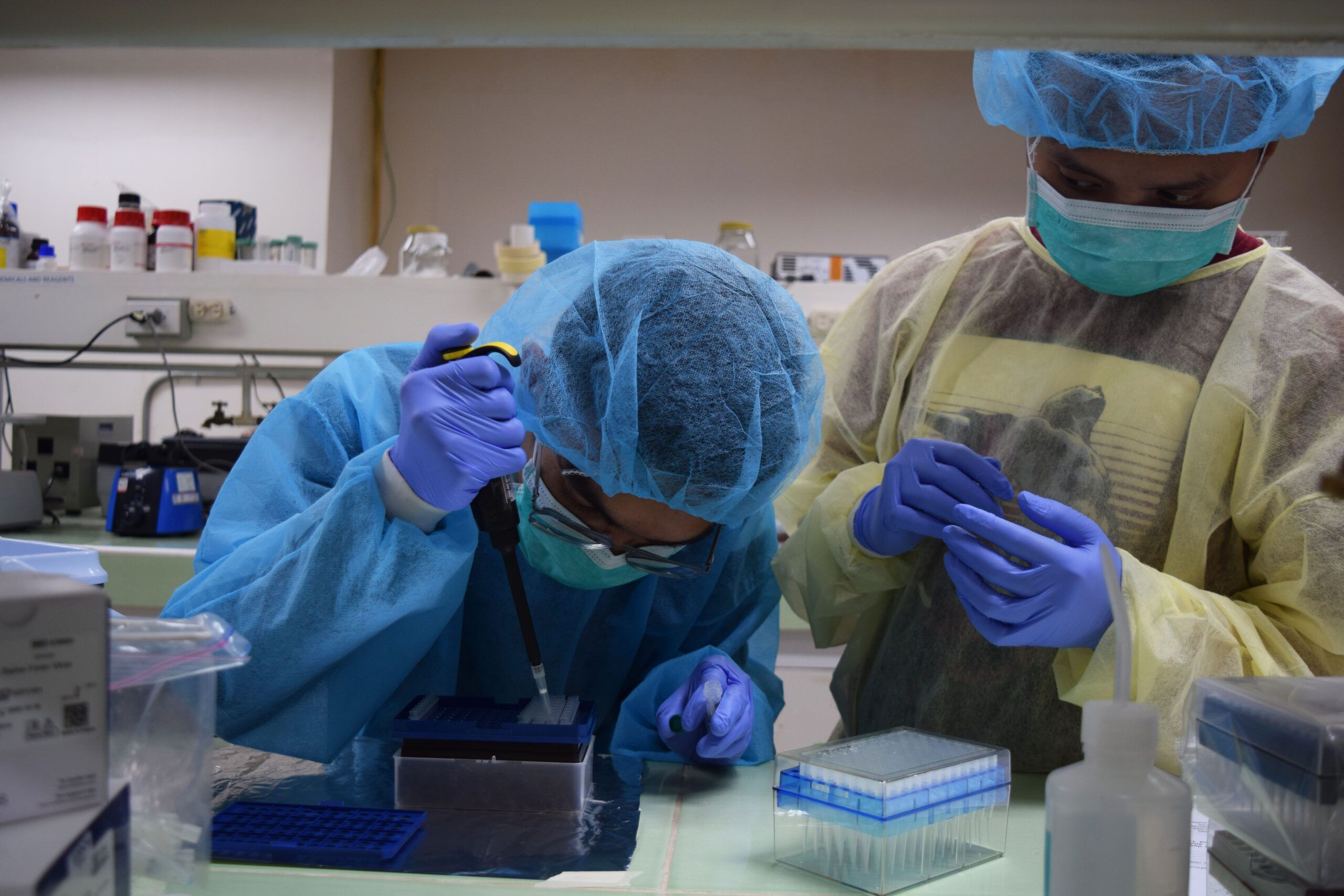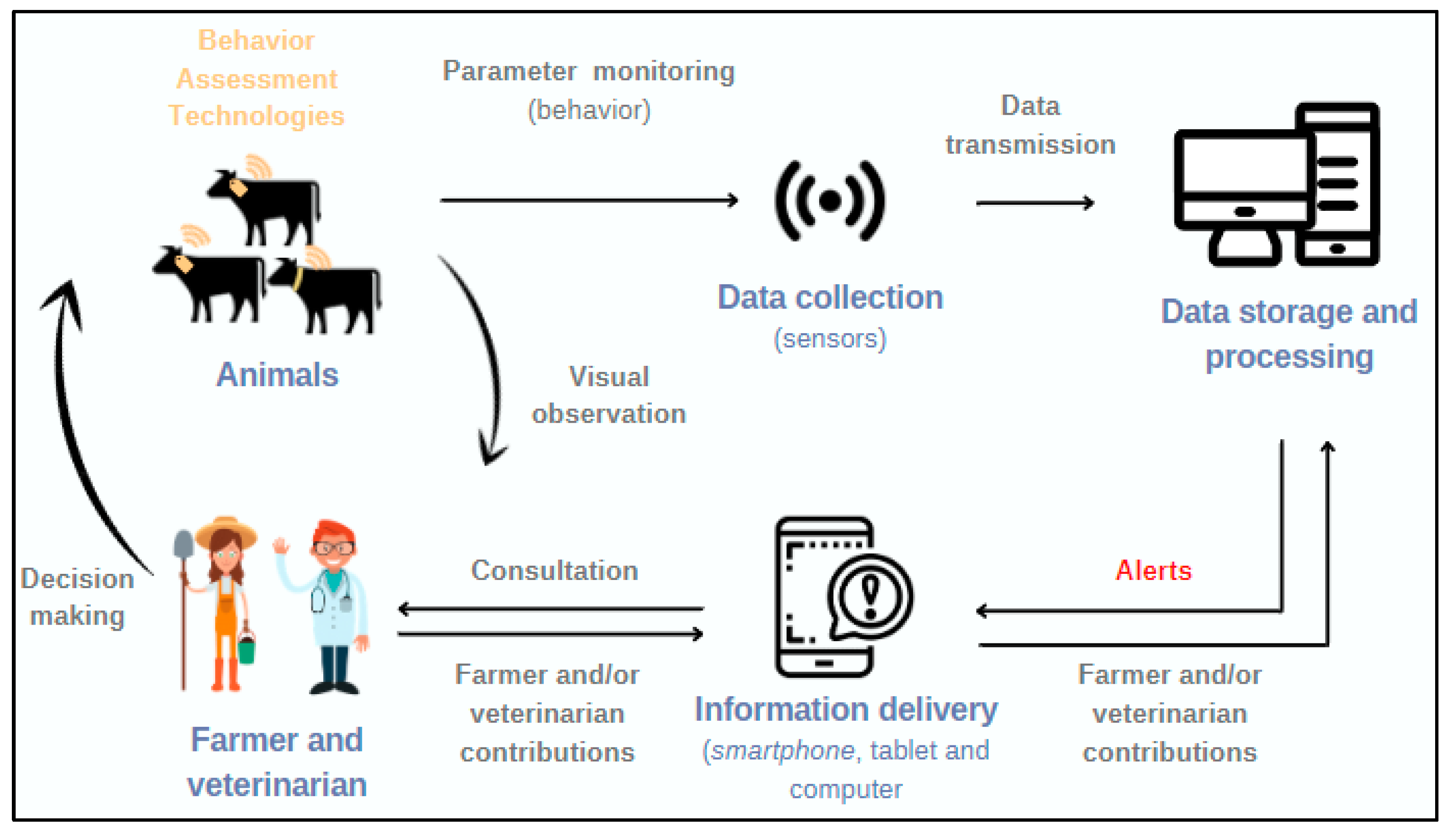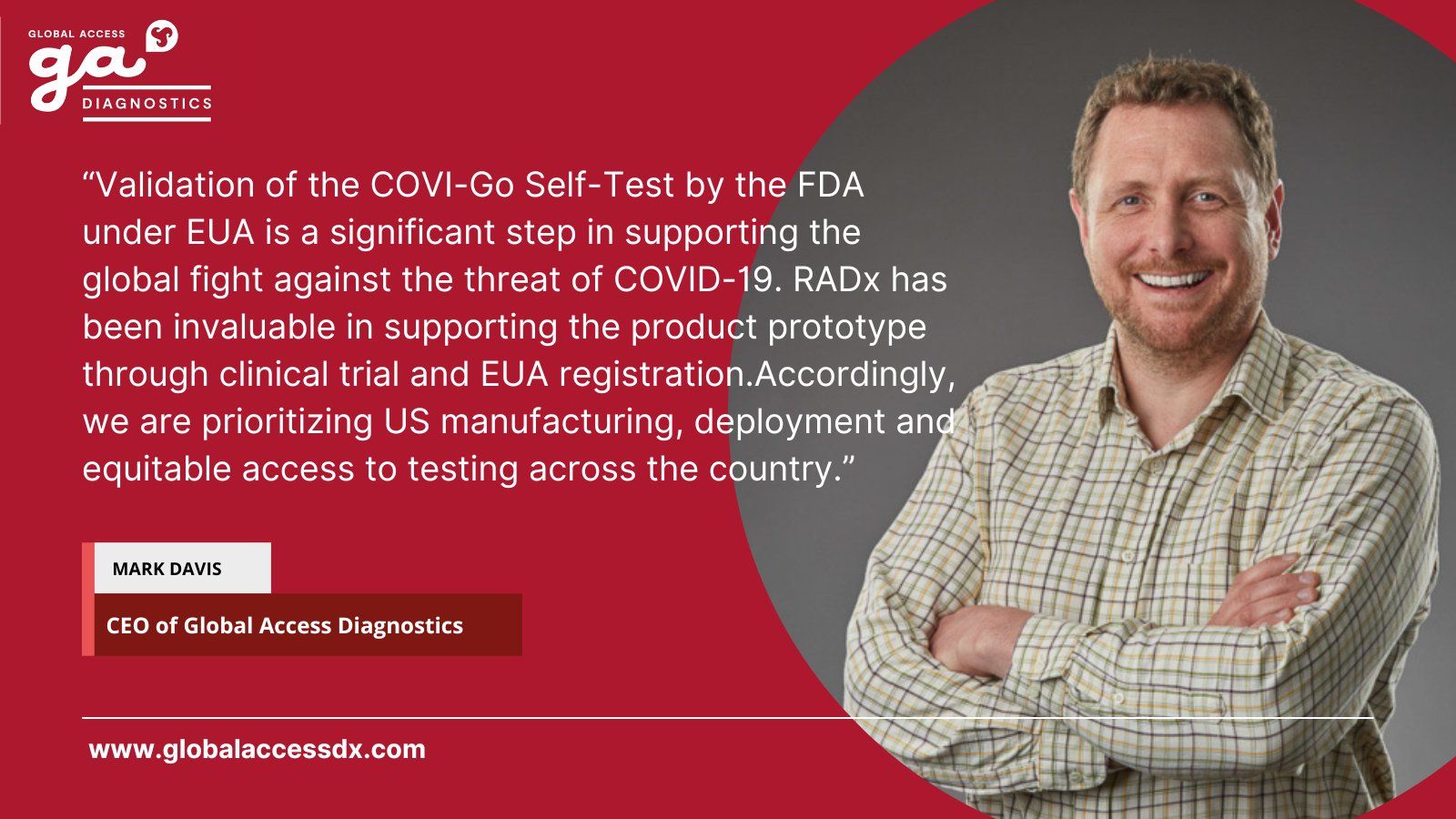Fertiliser supply critical to food security
An influential select committee report has called on the government to take steps to support increased nitrogen fertiliser production in the UK. The Environment, Food and Rural Affairs (EFRA) Committee has called on the Government to examine the incentives offered by competing nations and to produce an action plan within the next six months. The committee said nitrogen fertiliser plays a vital role in UK food security and the production of the ammonia used in it creates large amounts of carbon dioxide gas as a by-product, which is vital to the food supply chain. However, there is only one nitrogen fertiliser plant in the UK, which undermines UK food security and the lack of alternatives has led to a significant increase in UK prices at a time when the sector is already under significant price pressure. Given the importance of nitrogen fertiliser to UK food production and food security, the Government should set out how it will ensure its continued production in the UK. Given that Europe and the United States are intervening directly in their own fertiliser sectors, it seems completely remiss for the UK to do nothing. Responding to the publication of the report, Ed Barker, head of policy and external affairs at the Agricultural Industry Confederation (AIC), said: “We welcome the key findings of the EFRA Select Committee report. The AIC will continue to work with the committee and MPs as part of its efforts to represent the interests of the UK’s agricultural supply industry.”
